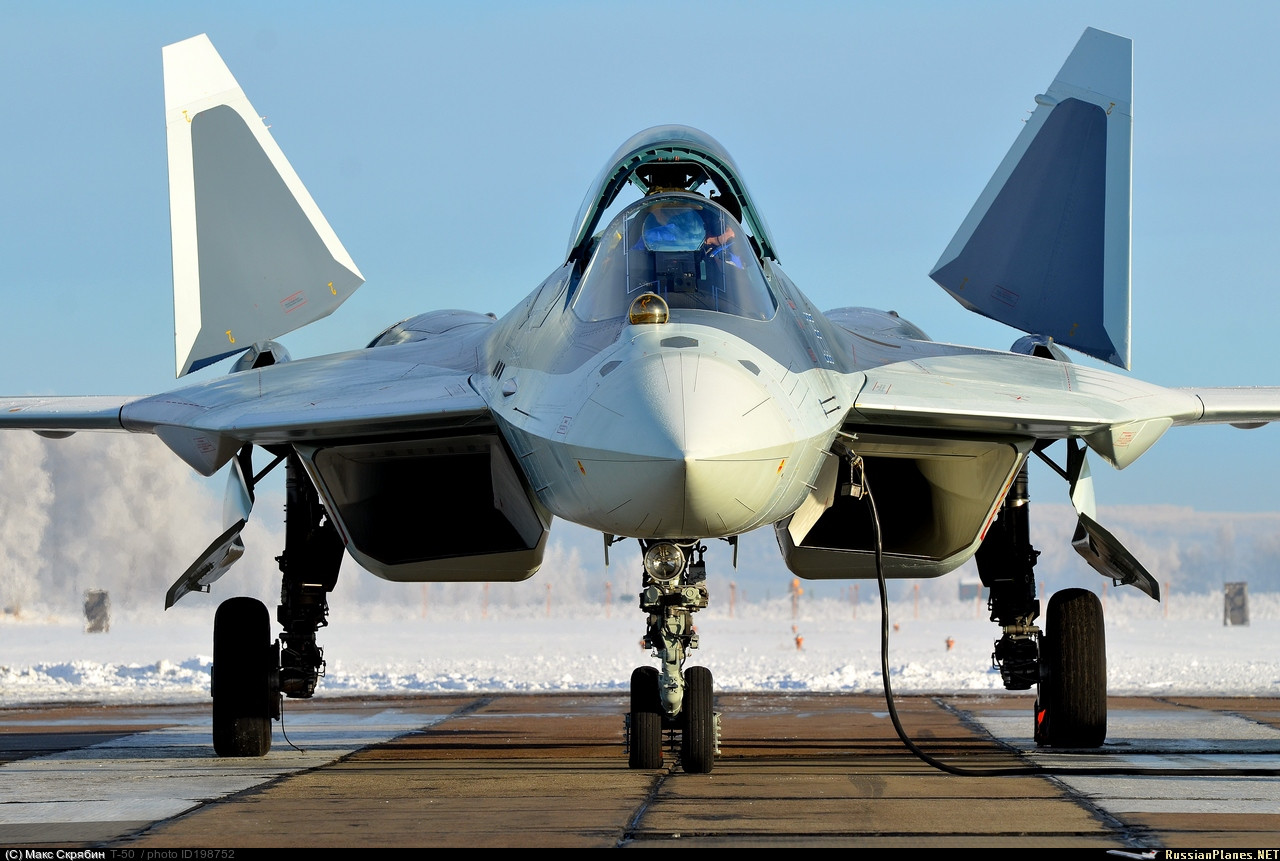StealthFlanker
New Member
- Joined
- Aug 12, 2016
- Messages
- 879
- Likes
- 1,213
Actually you are correct in this part , i mistaken these system with something else ,they are indeed working in both Mid and Long infrared wavelength , however , no evidence suggest that they are QWIP , at allPirate is dual band at 3-5 micron and 8-10 micron
OLS is 3-5 micron and 8-12 micron
Here is what the deputy designer saidNIIP has said that they have archived 2-3 times increase in detection range ,
The 2-3 times detection range was in comparison to S-31E2 KOLS ( system on Mig-29 ) not OLS-35 ( the one on Su-35S ), as you can see that he specifically mentioned that there was no TV channel on old IRST systemViktor Sumerin, NII PP deputy general designer: “New OLS is much more effective. Two-three times only by range. Old OLS didn’t have TV channel, so it means no picture at all - no TV, no IR. That’s why some of the functions just was impossible to implement
No in cloudly weather , you would be lucky to be able to look further than 5-10 km using any thermal system , here is the official informationso it about 60-70 km for a subsonic aircraft from the front in clouded condition
So basically it can detect target on military power from 45 km in clear weather ( aspect not specify ) , LRF effective range is 15 km , that is not impress at all if you ask meNew OLS is intelligence system of technical vision to work in realtime of fast combat environment. In air combat complex allows:
- detect not-afterburning target on the 45km range and more;
- identify this target on 8-10km range;
- estimate aerial target range up to 15 km
No, there is nothing that only QWIP can achieve that others system cant , you can always get a bigger aperture if you want longer range..Such figure can only be achieved with QWIP .
Not quite, i only got a BEng in avionic systems but i dont like to appeal to authority when arguing.@StealthFlanker I am really amazed by your discussion with @Bahamut Do you work in Aircraft Industry. You seems to work in Designer bureau
Last edited:















